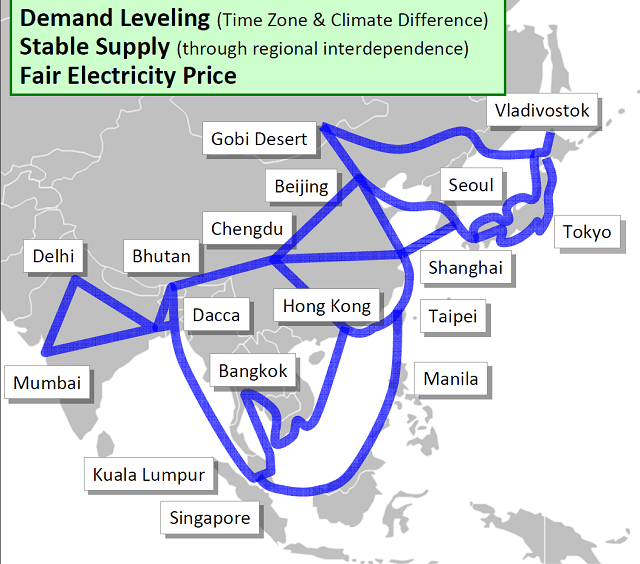Asia's 'Supergrid': Gobi desert wind farm in the works

In the aftermath of Fukushima, DESERTEC Foundation and the Japan Renewable Energy Foundation (JREF) are aiming to supply Asia with renewable energy.
Since last year’s Fukushima reactor meltdown after being struck by a tsunami and earthquake, Japan has been plagued with social, political and economical problems. The cost of the accident was far more than inconvenience – having to import energy and halt reactors damaged an economy already made fragile by the global recession.
Now, Japan is one of many countries turning to renewable energy as a clean, sustainable and less dangerous source to power its infrastructure. After establishing the legal frameworks for such projects, the DESERTEC Foundation and the JREF are working to build a high-voltage direct-current super grid to supply the whole of Asia with renewable energy.
A part of the project, Japanese Softbank Corp., has taken the first step to establish the “supergrid” — the construction of a wind farm in the Gobi Desert.
The renewable energy division of Softbank, SB Energy Corp., hopes to find a suitable site by the end of the year. The first wind farm to connect to the supergrid will be of up to 300MW, and may be operational as soon as 2014.
It is hoped that the “supergrid” will eventually link national electricity grids from Japan, Korea, China, Mongolia and Russia — transporting energy through low-loss high-voltage direct current transmission lines.

Three more sites have viewings scheduled, which means that it is possible the Gobi desert could eventually host wind farms with a total capacity of 7,000 megawatts, according to the firm.
You can return to the main Market News page, or press the Back button on your browser.

